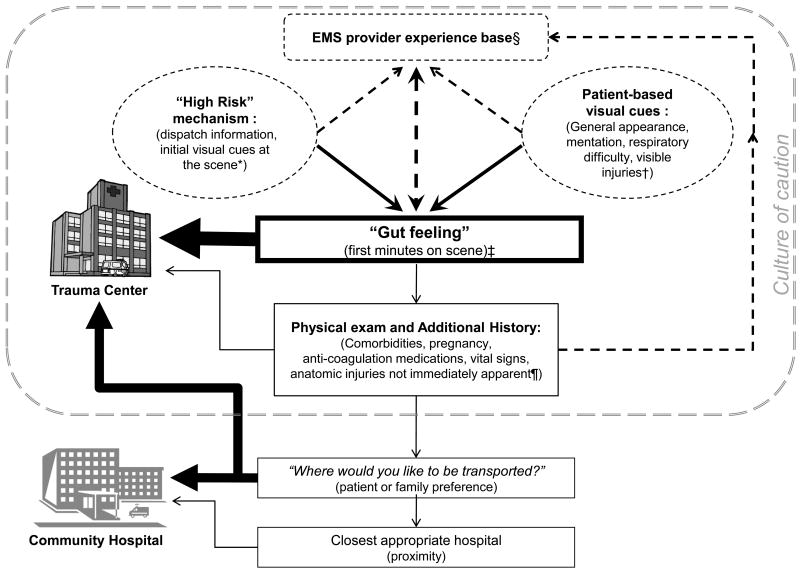Figure 3. Model of out-of-hospital provider decision making for identifying seriously injured patients and selecting hospital destinations.
*“High Risk Mechanism” involves all the mechanisms of injury listed in the ACSCOT field decision scheme,6,7 but also includes contextual factors about how the injury occurred.
†Patient-based visual cues include all information gleaned through a rapid visual assessment of the patient (e.g., general mentation, responsiveness, work of breathing, and visually obvious injuries) and surrounding scene (e.g., property damage, vehicle damage), which are generally done before making contact with the patient.
‡ Field provider “gut feeling” is the primary driver for determining whether the patient may have a serious injury and therefore require care at a major trauma center. This assessment is a summation of information available before arrival on scene and visually available immediately after arrival on scene. The cognitive processing involved in this step is estimated to occur in 1-2 minutes, is closely tied to and influenced by the provider's experience level.
¶ Physical exam and additional history often occur after the primary decision-making process for trauma patients. This step involves formal assessment of vital signs (including Glasgow Coma Scale score), physical exam assessment for anatomic injuries that were not immediately apparent (e.g., abdominal tenderness, evidence of pelvis fracture, paralysis, evidence of penetrating injury, etc.), and relevant medical history (e.g., anti-coagulation medications, hemodialysis, pregnancy, significant cardiovascular or pulmonary disease).6,7 Field providers believe this step identifies a minority of patients with serious injuries that were not previously identified by provider “gut feeling.”
§ Provider experience level is closely tied to the ability to quickly generate a “gut feeling” and therefore early decision-making for suspicion of serious injury.

